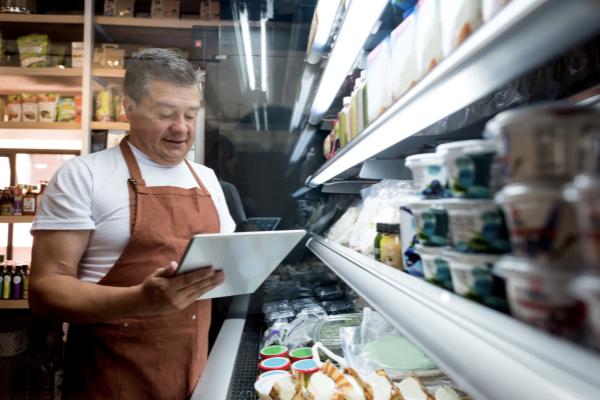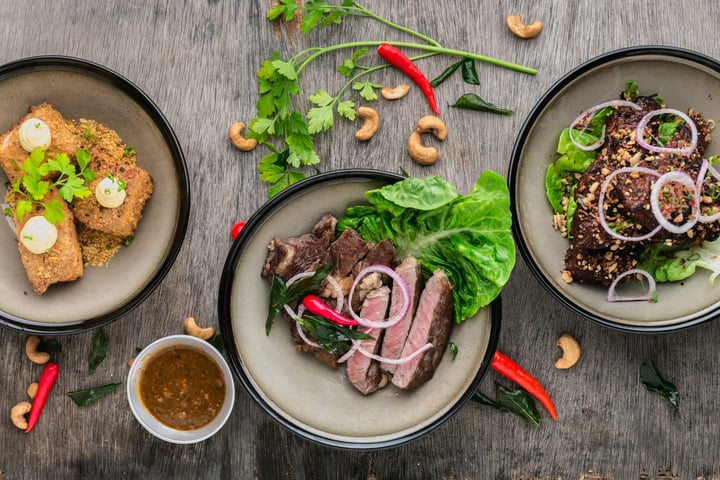
- Home
- Crunchtime Blog
- Measuring the Bar: Actual vs. Theoretical Variance Isn’t Just for Food Costs
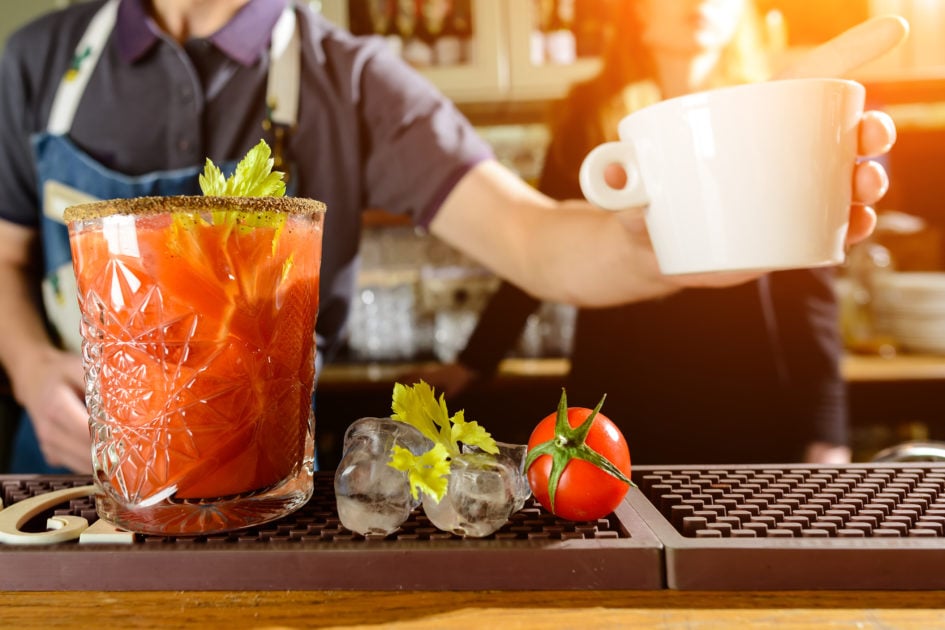
Measuring the Bar: Actual vs. Theoretical Variance Isn’t Just for Food Costs
They say you can only manage what you can measure. That’s why restaurant managers have been on a mission to measure and evaluate their food costs for decades. Smart operators use actual vs. theoretical food cost variance (also known as AvT) as a standard operating procedure. But, when it comes to the restaurant’s bar, AvT is not always monitored as closely. Why is that? After all, measuring your alcohol cost variance should be equally as important - and could have as much of an impact - as measuring your food cost variance.
The Role of Bartenders and Guests in Your Cost Variance
Anyone who has had a couple of rounds sitting at a bar can tell you that drinks aren’t always made consistently. Some bartenders have a heavy pour, while others have a much lighter hand. Some may even favor their regulars by occasionally comping them a drink. But whatever a bartender’s pour style, it can have a major impact on your bottom line.
In other words, if your bartenders are under-pouring, it can hide the sins of a bad food operation by offsetting the respective cost variances. If they’re over-pouring, it can make an area of operations that should be incredibly profitable, into one that’s unprofitable. Under-managing your bar operations can create a lot of problems, but without analysis, you likely won’t know what the problems are, where they’re stemming from, or how to fix them.
Due to the steady interaction with guests, managing bar operations can be even more challenging than managing the kitchen. At the bar, the employee preparing a drink is the same person serving it to the customer. Your kitchen staff doesn’t serve the customer, and your wait staff doesn’t make the food, but your bartenders oversee every step in the drink process, from preparation to delivery to payment.
This dynamic can make it harder to manage costs because humans want to please, especially when they’re working for tips. Your bartenders want to make sure the person sitting across from them has a wonderful experience, and in the minds of many bartenders, that directly correlates to the amount of alcohol in their drink.
You want your bartenders to be able to comp the occasional drink, so it’s important to build a certain amount of alcoholic waste to your AvT cost variances. You also need to factor in differences in pour styles. When it comes to the bar, it’s important to allow flexibility while also employing sound business judgment, and that’s where AvT for bar operations comes in.
Understanding Actual vs. Theoretical Cost Variance for Alcoholic Beverages
Theoretical alcohol cost is what your restaurant’s alcohol cost should be, based on the current inventory cost of the beverage ingredients of all drinks sold and assuming perfect portions and no breakage or shrinkage. Actual alcohol cost is the actual cost of the beverage used during the same period.
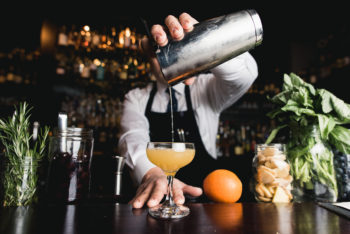
The difference between your theoretical cost and your actual cost is your cost variance. An exact match or “zero variance” would mean perfect portioning, but a more realistic goal is to get your restaurant’s actual alcohol cost as close as possible to its theoretical alcohol costs. High-performing restaurants will have reasonable cost variance percentages as threshold targets by blending both scientific and human factors.
To calculate your alcoholic beverage cost variance, follow this formula: Actual Alcohol Costs – Theoretical Alcohol Costs = Alcohol Cost Variance.
Getting Started Measuring Your Alcohol Cost Variance
The easiest way to measure and understand drink cost variances is through data delivered by a quality restaurant inventory management system. Most operators view AvT as one of the most valuable reports in their daily playbook because the system automatically calculates alcohol cost variance. Armed with this knowledge, managers can begin making tangible improvements to bar operations immediately.
The system starts by identifying the individual drink ingredients with the largest variances by dollar volume. Once these ingredients' cost variances are known, you can easily spot over-portioning, waste, or even theft. While all this can be done manually, it’s much more efficient for a back-of-house platform to capture recipes sold and their associated costs in real time – 24x7x365. Additionally, if you have a high-quality restaurant inventory management system in place, you can also identify which shifts have the most alcohol waste and coach-up your teams to stay within thresholds.
Inventory management software that is built for restaurants can help point out and prioritize areas for improvement, your bar can maintain profitability without skimping customers.
If you’re ready to get your alcohol cost variance under control, contact us today.
Share this post
Related

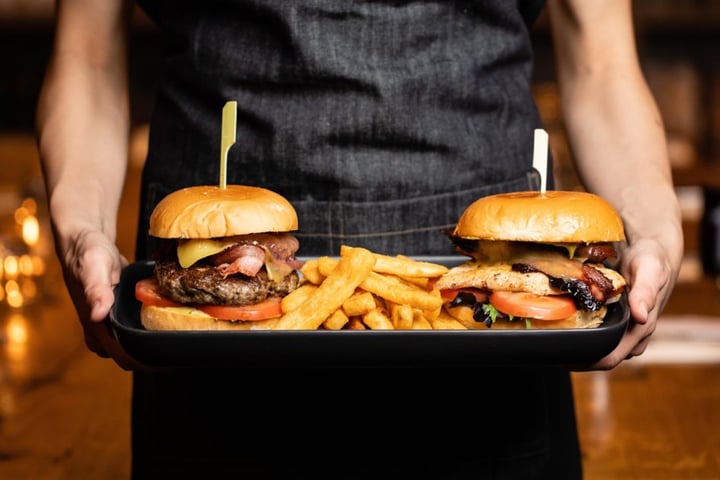
Don't Let Food Costs Decrease Your Restaurant's Profit Margin
